This post may contain affiliate links. Please read our disclosure policy.
When you’re cooking for just yourself or a few people, wrestling with recipes meant for a crowd can feel like a culinary jigsaw puzzle. The good news? You don’t have to be a math wizard or a kitchen prodigy to scale down recipes to fit your needs. Whether you’re looking to halve a recipe, reduce serving sizes, or simply want to avoid the dreaded leftover monotony, this comprehensive guide has got you covered. Get ready to turn those family-sized meals into perfectly portioned dishes, without breaking a sweat or wasting a crumb. Let’s get cooking!
Table of Contents
- Chart Guide: The Simple Math Of Reducing Recipes
- Cooking Conversion Guide: How To Simplify Halving And Reducing Measurements
- Essential Tools For Accurate Measuring And Recipe Reduction
- Choosing The Right Cookware For Recipe Reduction
- How To Halve An Egg For Scaled-Down Recipes
- Expert Tips For Successfully Scaling Down Recipes
- Guide To Adjusting Slow Cooker Cooking Sizes
- Understanding Cooking Time When Reducing A Recipe
- Top Small Batch And Single Serving Recipes To Try
Whether you’re flying solo in the kitchen or just cooking for two, there’s no need to cook up a feast every time you want to enjoy a homemade meal. Ever faced a recipe that serves six when you only needed it for two? Yep, we’ve all been there. I specialize in single serving and small batch recipes, and I’m here to help you master the art of scaling down recipes, so you can enjoy your favorite dishes without the repetitive leftovers. So, let’s get right to it!
Chart Guide: The Simple Math Of Reducing Recipes
Scaling down a recipe doesn’t have to involve complicated equations or head-scratching conversions. We’ve taken the guesswork out of it for you with a handy chart that shows how to easily halve or reduce common measurements. This quick-reference guide is your go-to for converting 4-serving recipes to 2 servings, or 6-serving meals down to a meal for you and your +1. No more second-guessing—just straightforward math made simple. (Click on the image to download it):
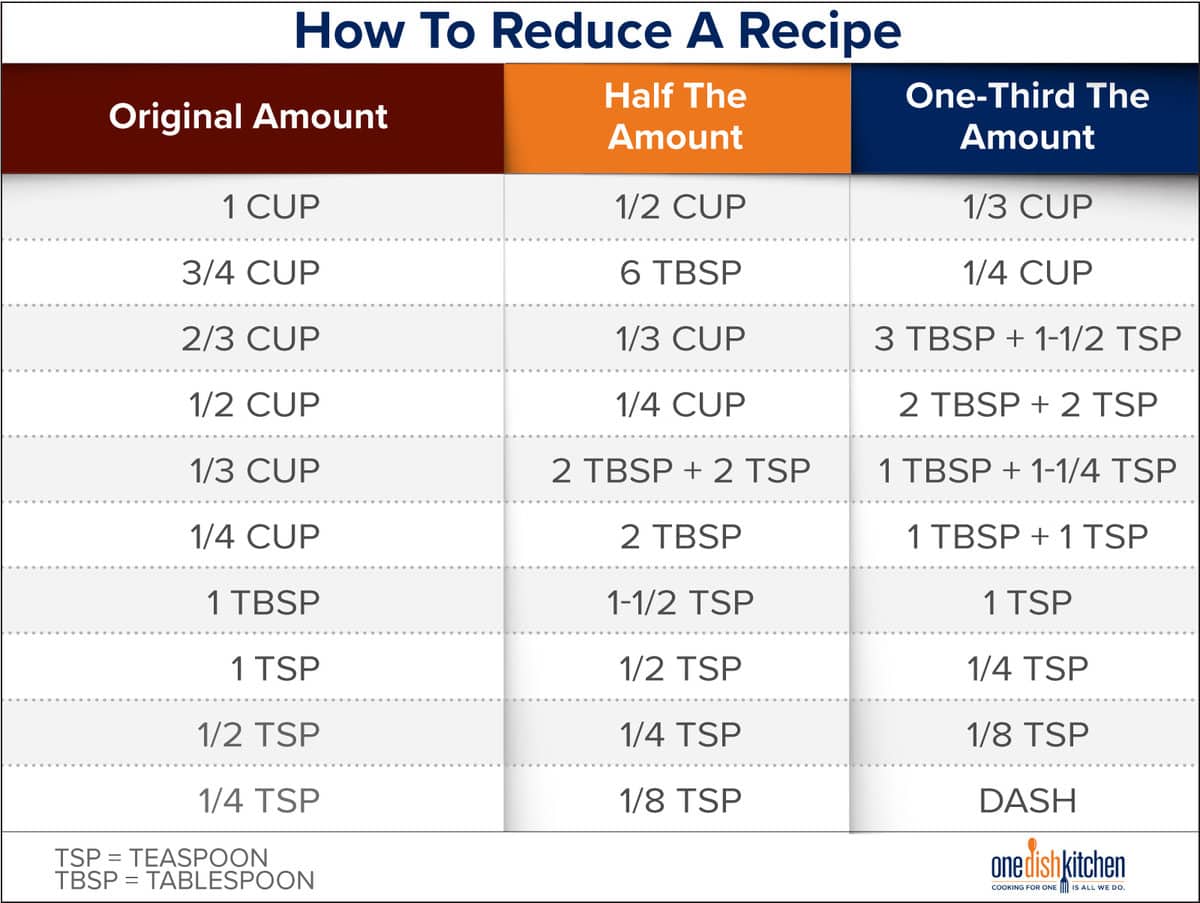
Cooking Conversion Guide: How To Simplify Halving And Reducing Measurements
Halving straightforward measurements like 2 cups to 1 cup or 4 tablespoons to 2 tablespoons is a breeze. But what happens when the numbers aren’t so easy to divide? That’s where a little know-how comes in. The trick is to switch your measurements to units that are simpler to split, such as tablespoons and teaspoons.
Key Measurement Conversions for Scaling Down Recipes:
- 1 cup = 16 tablespoons (tbsp) = 48 teaspoons (tsp)
- Half of 1 cup = 8 tablespoons = 24 teaspoons
- 3/4 cup = 12 tablespoons
- Half of 3/4 cup = 6 tablespoons
- 1/2 cup = 8 tablespoons
- Half of 1/2 cup = 4 tablespoons
- 1/3 cup = 5 tablespoons + 1 teaspoon
- Half of 1/3 cup = 2 tablespoons + 2 teaspoons
- 1/4 cup = 4 tablespoons
- Half of 1/4 cup = 2 tablespoons
- 1/8 cup = 2 tablespoons
- Half of 1/8 cup = 1 tablespoon
- 1 tablespoon = 3 teaspoons
- 1/2 tablespoon = 1 1/2 teaspoons
For Fluids and Weights:
- 8 fluid ounces (fl oz) = 1 cup
- 1 pint (pt) = 2 cups
- 1 quart (qt) = 2 pints
- 4 cups = 1 quart
- 1 gallon (gal) = 4 quarts
- 16 ounces (oz) = 1 pound (lb)
- 1 ounce = 28 grams
- 1 pound = 454 grams
Expert Tip: The key to easily reducing a recipe is to remember the number of tablespoons in a cup and the number of teaspoons in a tablespoon. With these in mind, you can confidently scale down any recipe.

Essential Tools For Accurate Measuring And Recipe Reduction
When it comes to reducing a recipe, the right tools can make all the difference. So, let’s talk about the go-to measuring tools that should be in every home cook’s kitchen.
- Dry Measuring Cups: These are your best friends for measuring dry ingredients like flour, sugar, and nuts. A standard set typically includes sizes of 1 cup, 3/4 cup, 1/2 cup, 1/3 cup, and 1/4 cup.
- Liquid Measuring Cup: Designed for wet ingredients such as water, milk, and broth, a liquid measuring cup is essential for accurate recipe adjustments.
- Measuring spoons: For dealing with smaller quantities—think spices, salt, and extracts—measuring spoons are indispensable.
- Kitchen Scale: If you’re looking for the utmost accuracy, a kitchen scale is the way to go. It’s especially useful for halving recipes. Simply take the weight specified in the original recipe and divide it. Want to make a half batch? Divide the ingredient weights by two. Going for a quarter batch? Divide by four.
By having these essential measuring tools in your kitchen arsenal, you’ll be set to tackle any recipe reduction with confidence and precision.
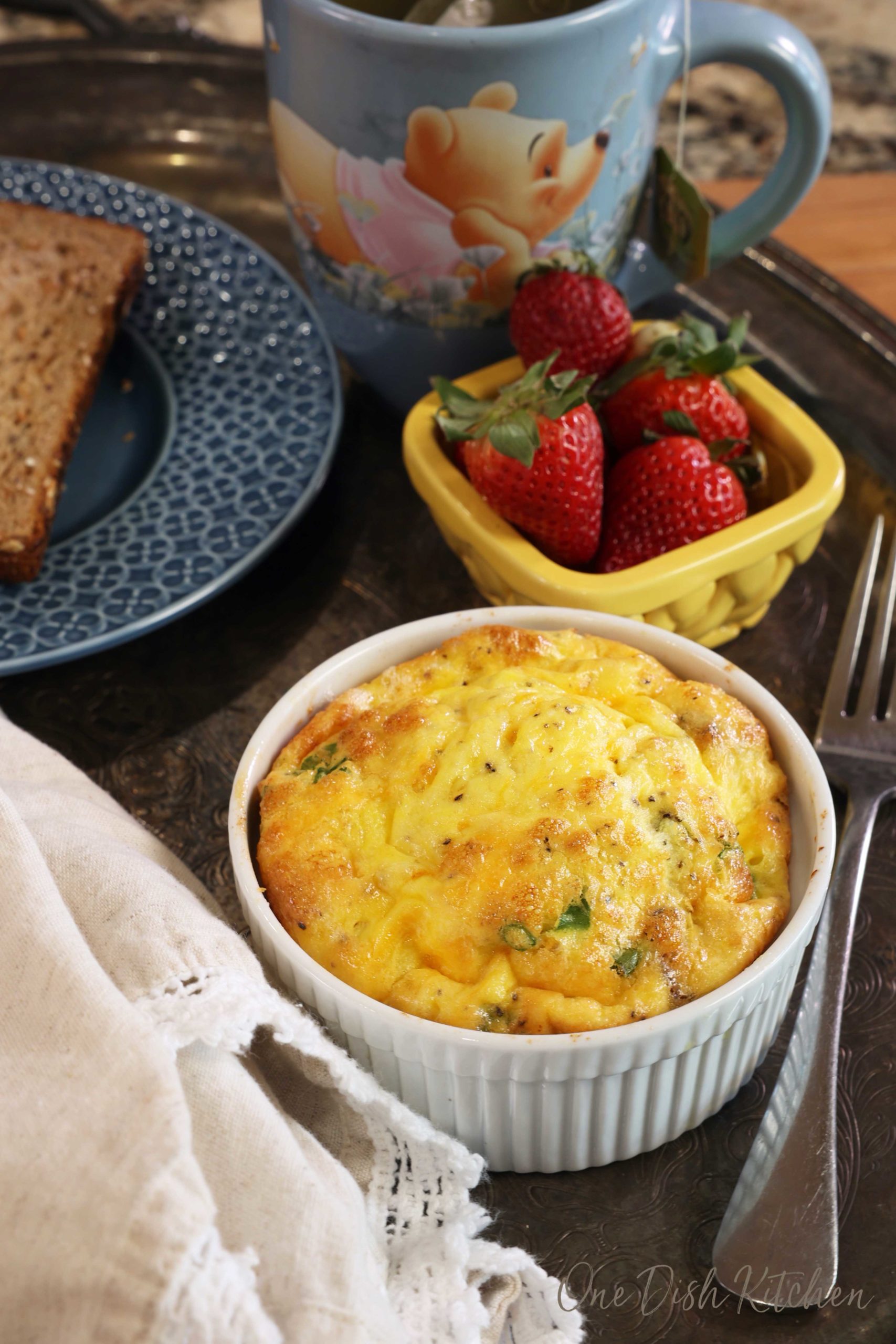
Choosing The Right Cookware For Recipe Reduction
The outcome of any dish can be dramatically affected by the type of cookware you use. This is particularly true when you’re scaling down a recipe. Using a dish that’s too large for a reduced recipe can result in overcooking, undercooking, or drying out your dish. Here’s a handy guide to picking the right equipment for your scaled-down recipes.
Here’s what we recommend:
- Skillet: Opt for an 8-inch or a 10-inch skillet for most stove-top cooking tasks.
- Baking dish: For smaller batches, a 5×5-inch dish with a base area of 25 square inches or a 4×6-inch dish with a 24-square-inch base are both solid choices. If a recipe specifies these sizes, you can also use a 6×6-inch dish, but be vigilant as it may cook faster.
- Ramekin: A 10-ounce ramekin is ideal for individual servings. It typically measures about 4 inches in diameter and is roughly 1 3/4 inches tall.
Expert Tip: Choosing the correct cookware can significantly improve your chances of successfully reducing a recipe. Investing in a few high-quality, versatile pieces sets you up to make delectable, smaller-scale dishes. The most frequently used dishes for smaller recipes include a 5×5-inch or a 4×6-inch baking dish, a 10-ounce ramekin, and a 5×7-inch baking dish. To check out the specific cookware we recommend, visit our Store page.
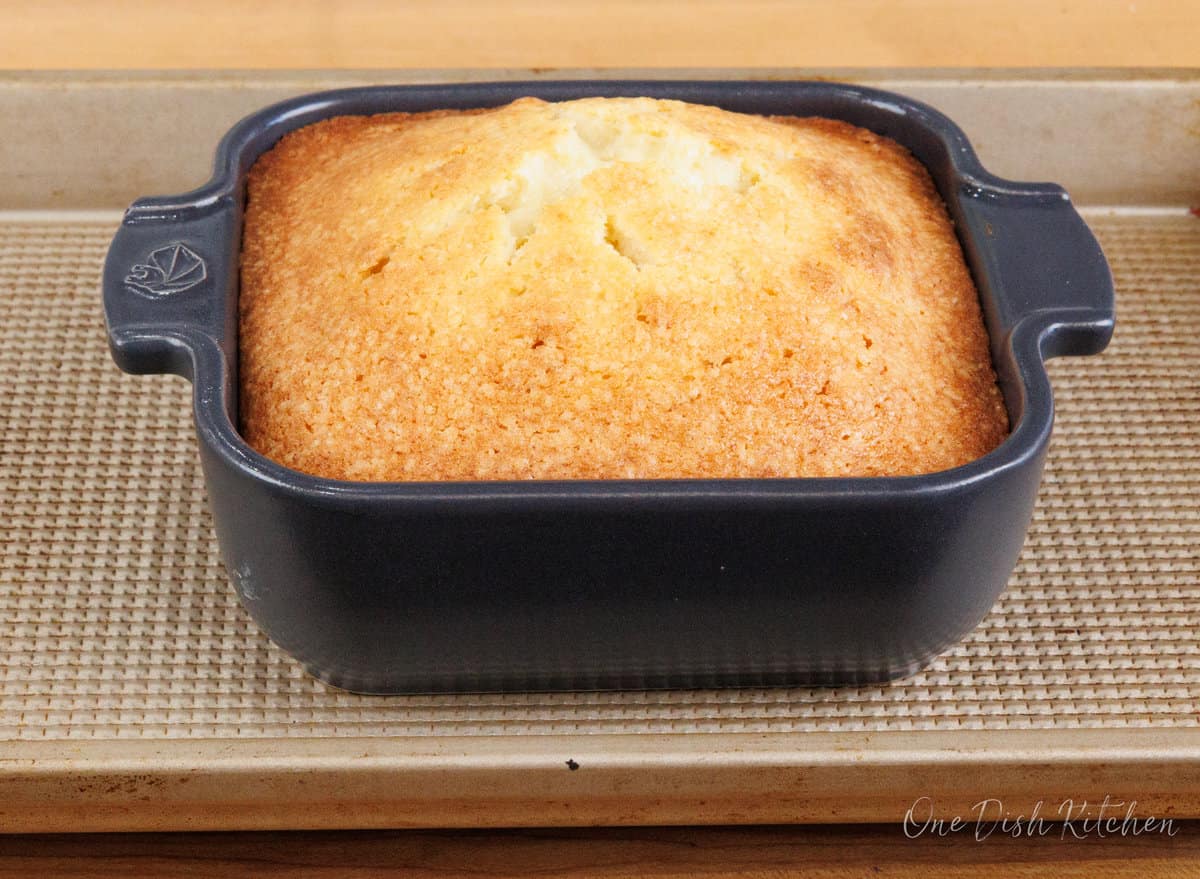
How To Halve An Egg For Scaled-Down Recipes
Scaling down a recipe can get tricky when you encounter an ingredient like a whole egg. Eggs are often crucial in baking, and different parts of the egg perform various functions.
The egg white is primarily water and proteins. When whipped, it forms a stable foam that lightens baked items, acting as a leavening agent. You’ll find egg whites as the sole egg component in some of our recipes, like Mini Texas Sheet Cake and Small Batch Vanilla Cupcakes.
Conversely, the egg yolk is a powerhouse of fat, protein, vitamins, and minerals. Baking with only the yolk results in richer, more tender baked goods. You’ll see this in action in our scone and cookie recipes.
Through our experience in downsizing recipes, we’ve noticed that using a whole egg can significantly alter the texture and flavor of small batch or single serving baked goods.
If you need to halve an egg for your scaled-down recipe, here’s what you can do. Crack the egg into a small bowl and whisk together the yolk and white. Measure out half of this mixed egg and add it to your recipe.
For recipes requiring multiple eggs, simply divide the number of eggs by two, three, or more, and use the method above to get the precise amount needed.
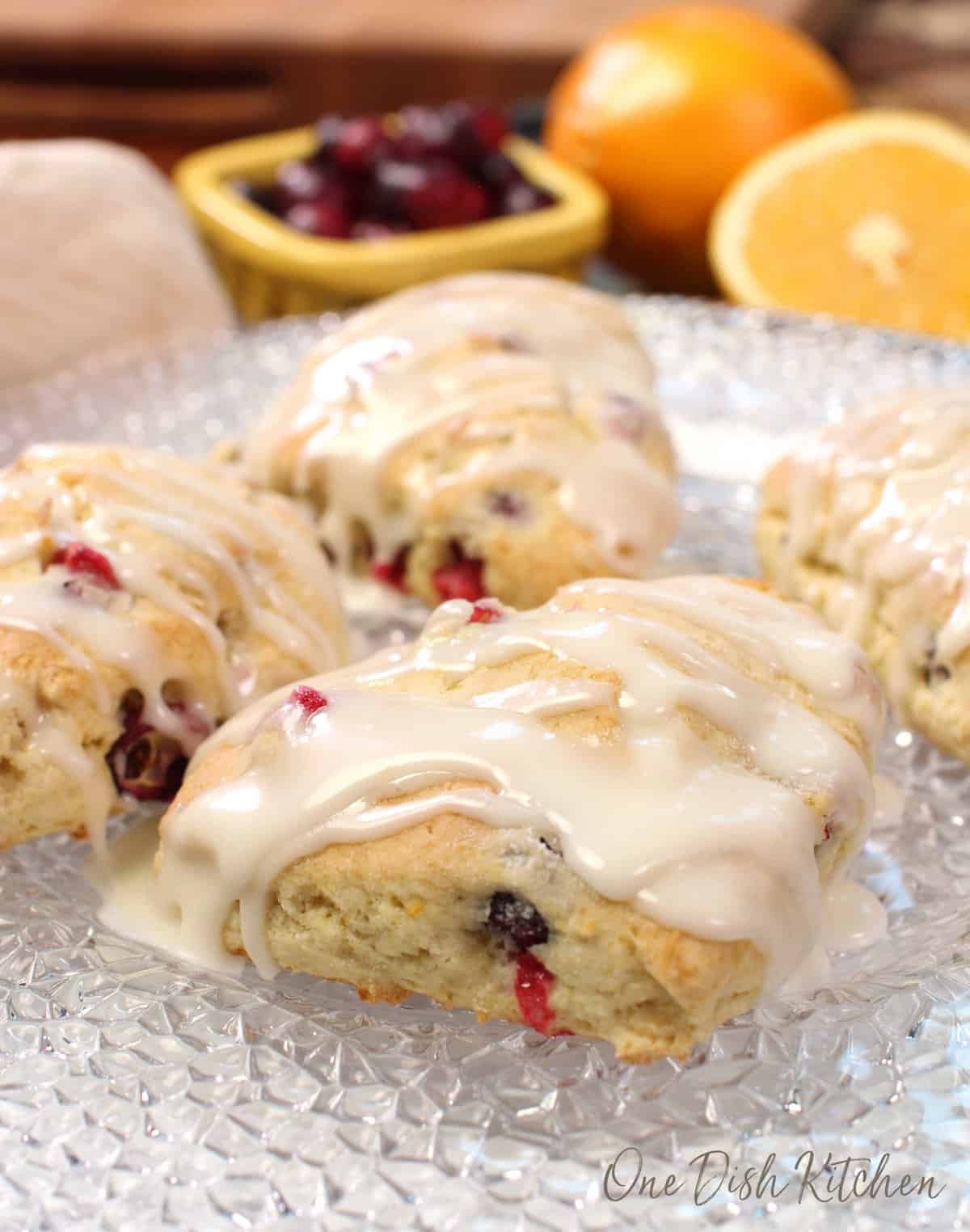
Expert Tips For Successfully Scaling Down Recipes
Mastering the art of recipe reduction comes with experience, but a few handy tips can make the process more straightforward. Here’s how to set yourself up for success:
- Pre-Calculate Your Conversions: Before firing up the stove or oven, take a moment to convert all the measurements. Jot them down on a piece of paper to keep them handy and avoid mid-cooking math problems.
- Season As You Go: You hold the seasoning wand, so don’t be shy to taste and adjust the flavors. Start by using about half of the seasoning specified in the original recipe, and tweak it to your palate as you go along.
- Opt for the Right Cookware: We’ve touched on this before, but it bears repeating—your dish’s success is closely tied to the size of the pan or baking dish you use. Choose wisely to avoid overcooking, undercooking, or drying out your culinary creations.
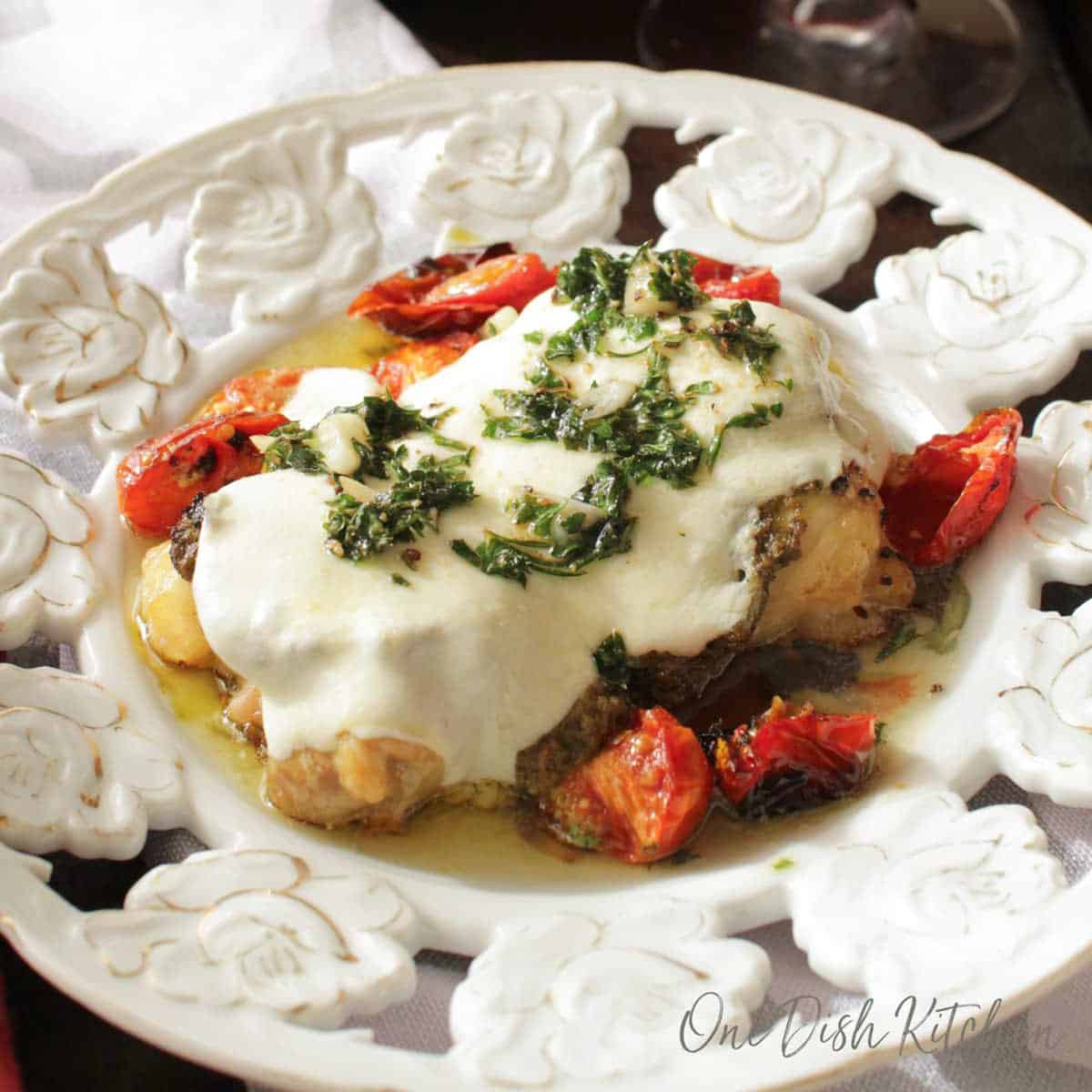
Guide To Adjusting Slow Cooker Cooking Sizes
Scaling down a slow cooker recipe? Here’s what you need to know:
- Opt for a Smaller Slow Cooker: If the original recipe requires a 6-quart cooker and you’re halving the recipe, switch to a 3-quart or smaller slow cooker. For single serving recipes, a 1.5-quart or 2-quart cooker is ideal.
- Adapt Your Existing Slow Cooker: Don’t have a small slow cooker? No worries! Turn your large slow cooker into a mini version by placing an oven-safe bowl inside its main bowl. But before you do that, make sure to check out our in-depth guide on how to effectively cook smaller meals using a large slow cooker.
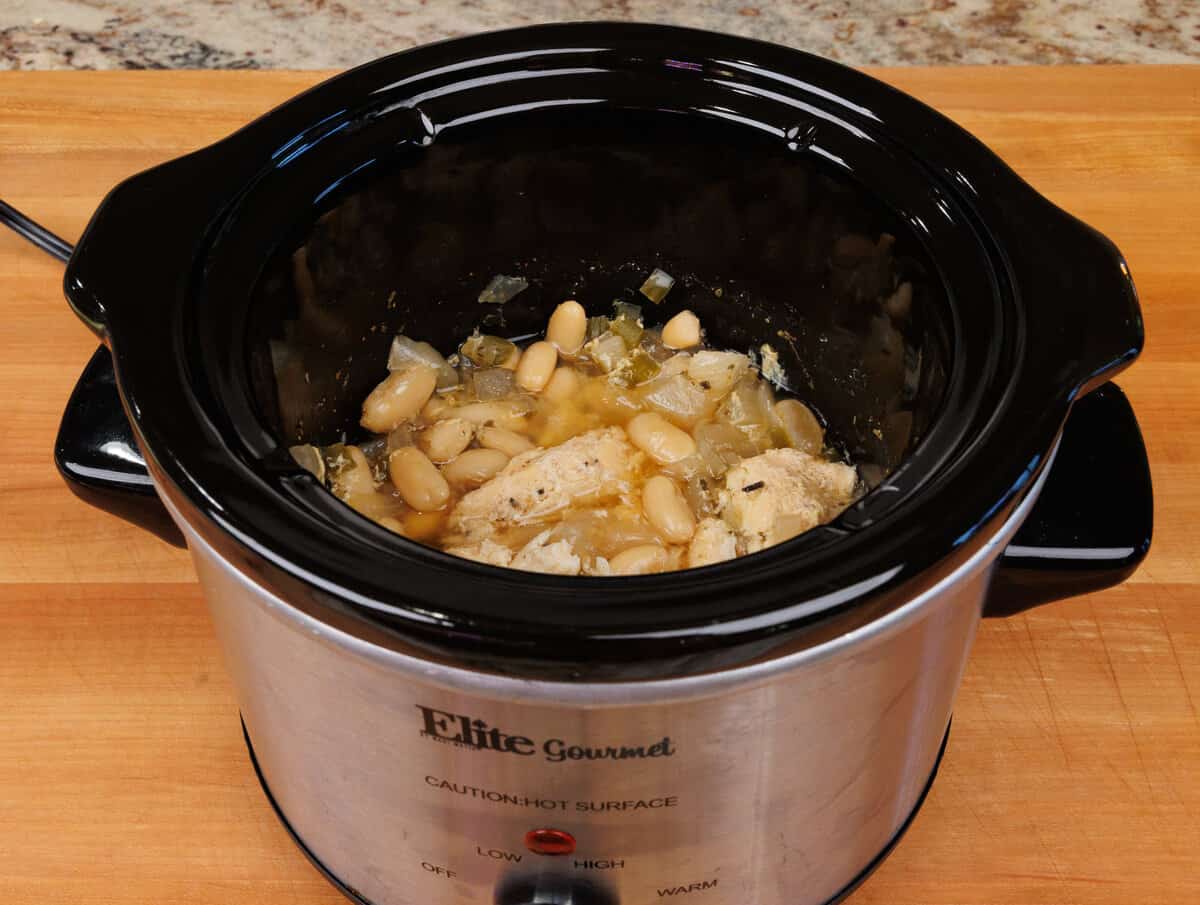
Understanding Cooking Time When Reducing A Recipe
Changing the quantity of a recipe doesn’t mean you need to adjust the oven temperature, but it often does affect the cooking time. Here’s a quick rundown:
- Cookies: Stick to the original cooking time. Cookies usually bake in the same amount of time, regardless of quantity.
- Cakes: These usually require less time when scaled down. Start by reducing the original cooking time by 10-15 minutes and perform periodic checks. If the cake isn’t fully baked, continue checking every 5 minutes. Confirm its doneness by inserting a toothpick into the center; if it comes out clean, your cake is ready to come out of the oven.
By being aware of these guidelines, you’ll master the art of recipe scaling while ensuring optimal flavor and texture.
Top Small Batch And Single Serving Recipes To Try
Looking to whip up something scrumptious without dealing with leftovers? We’ve got you covered. Check out these fan-favorite single serving and small batch recipes to satisfy all your culinary cravings:
- Pancakes
- Chocolate Chip Cookies
- Banana Bread
- Brownies
- Chicken and Rice Casserole
- Mashed Potatoes
- Dutch Apple Pie
- Granola
- French Bread
- Meatloaf
- Baked Ziti
- Shrimp Scampi
- Chicken Caprese
From sweet treats to savory classics, these top-rated small batch and single serving recipes are perfect for when you’re cooking for fewer people but still want to enjoy a variety of flavors.
There you have it—your complete guide to mastering the art of recipe reduction, halving, and scaling down for those times when you’re cooking for fewer people. Whether you’re craving sweet or savory, breakfast or dinner, these tips and top-rated recipes are designed to help you create the perfect portioned meal without compromising on flavor. So go ahead, put your newfound knowledge to the test and start cooking up some culinary magic in your kitchen. Happy cooking!
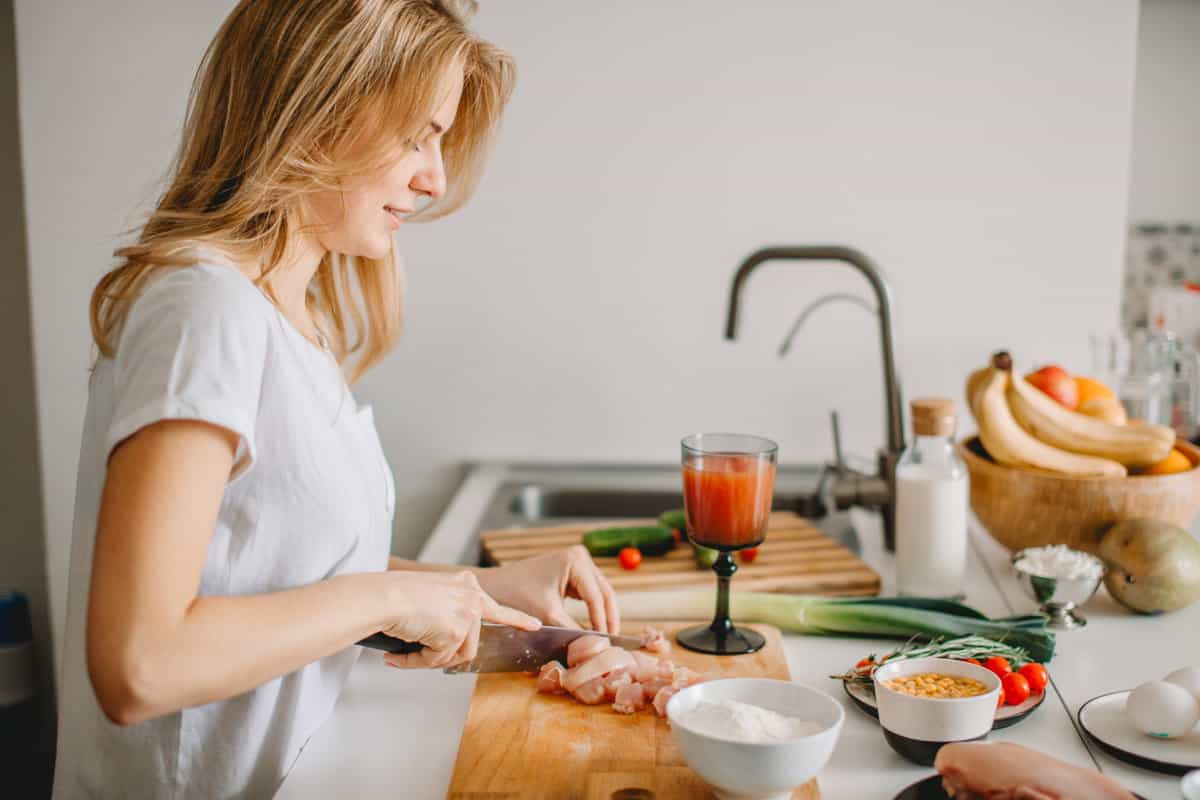
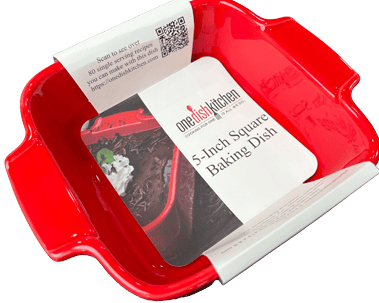
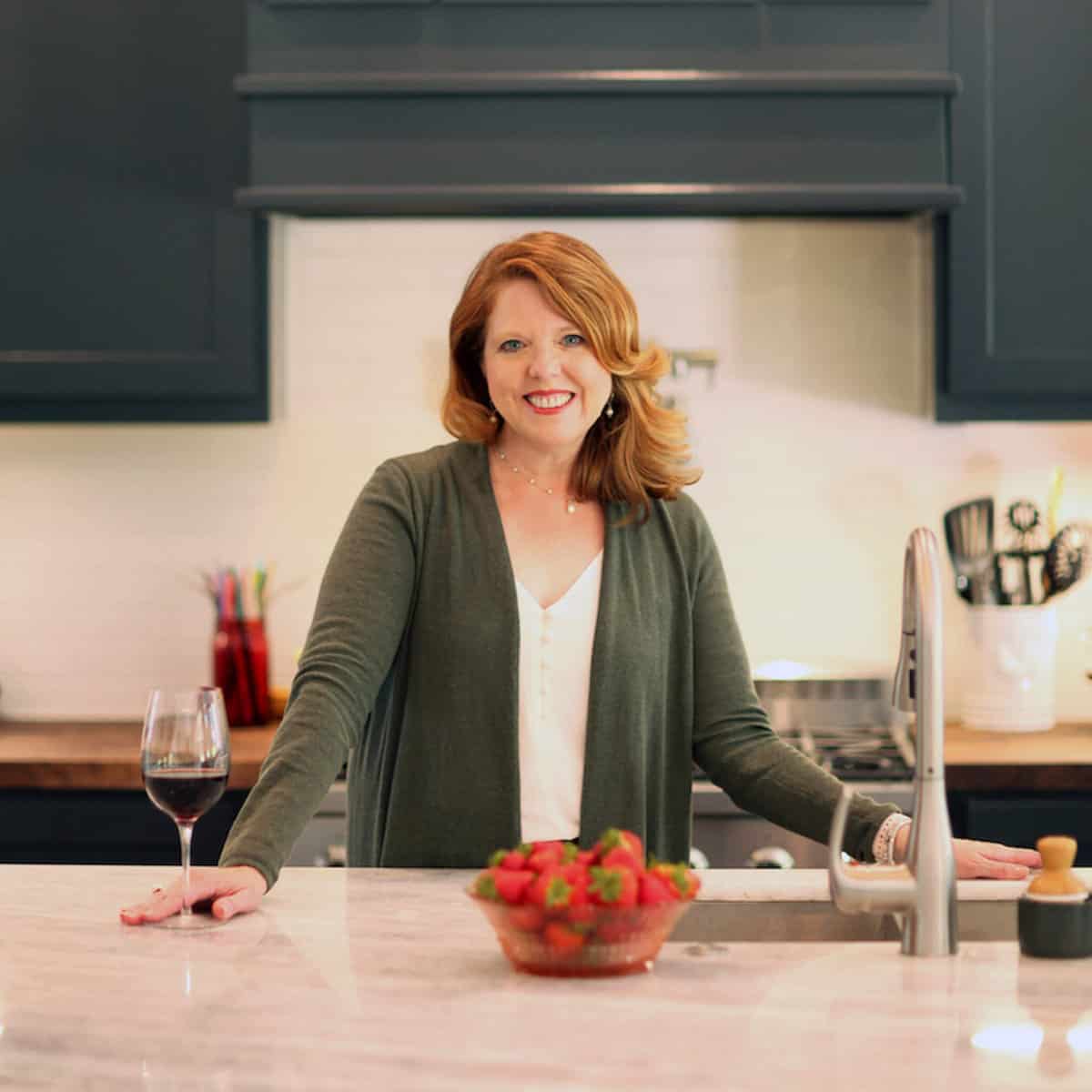








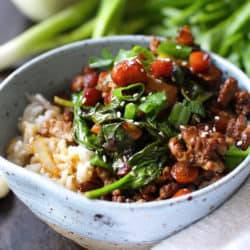
This will really help. Thanks.
i love your site and have to do a lot of downsizing for my recipes my problem is when they use the decimal point like 0.13 or 0.17 any number like that it is just so hard to figure out and it is just me and i don’t like leftovers and i love all of your ideas but just cant get the decimal for liquid or dry thank you so much for your time have a good day and stay safe
I recently finished every single recipe in your cookbook. Besides being delicious and sized-for-one, I had so much fun using your book! I made weekly meal plans, sometimes based on ingredients like 2 recipes each calling for a half can of something. I look forward to each Friday’s email from One Dish Kitchen and have printed many. If you come out with a second cookbook, I will be first in line!
Thank you so much, Faith. I’m so happy you are enjoying our recipes!
just recently found your website, I really enjoy having recipes for one. I know I can cut down recipes but this is so much easier. I love having the correct measurements, I have made several recipes already and plan to make morel I missed cooking because I get tired of eating the same thing for days. I can now have desserts again (not that I need them) I know if I make a full recipe I would eat it all. Thanks for all the ideas